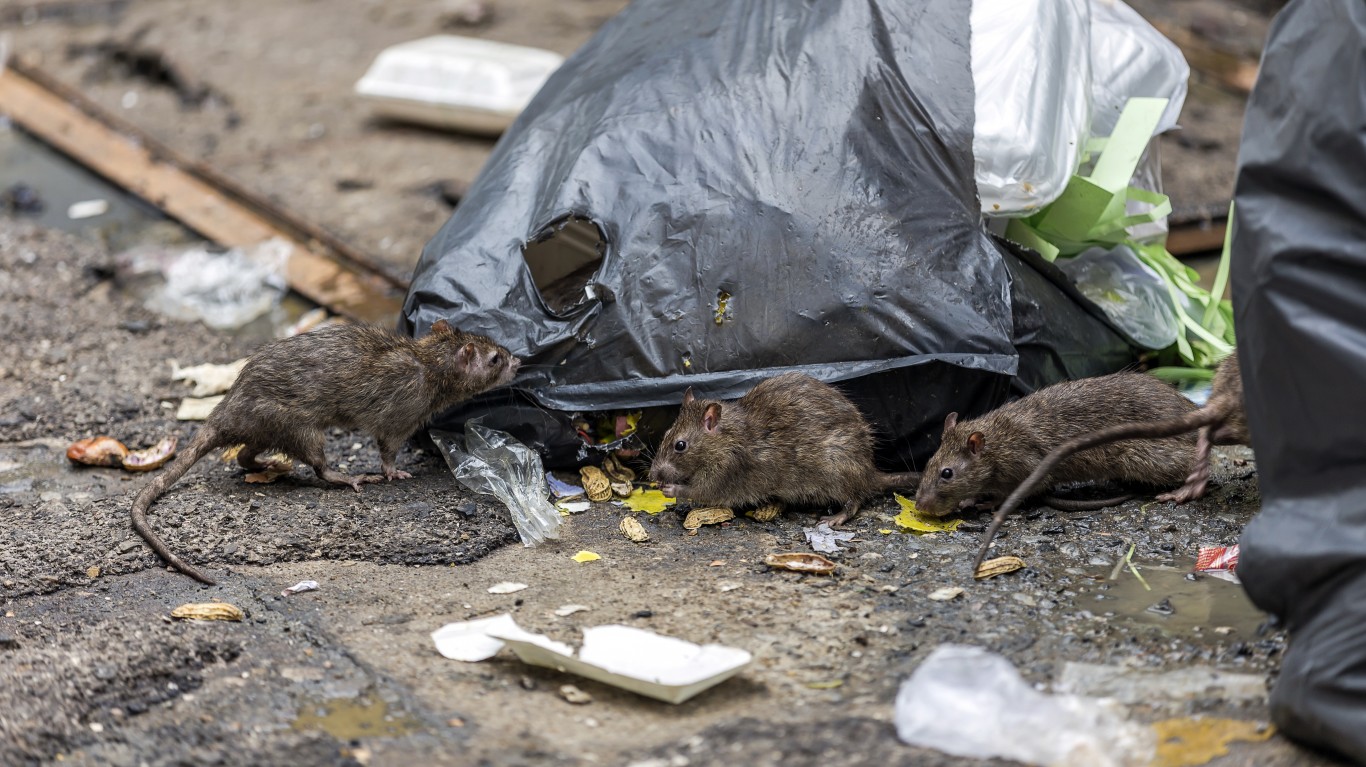
A lot was going on in 1969, from the moon landing to the Manson murders to the Woodstock music festival to the “Chicago 8” trial, so it’s easy to understand why a relatively small fire on the surface of Cleveland’s Cuyahoga River on June 22 of that year is often overlooked when people talk about the year that defined an era in the United States.
Sparked by a passing rail car, the fire ignited what was already the notoriously polluted river bisecting Cleveland, once a major hub of the iron trade. The river had already caught fire at least a dozen times over the previous century, including a massive blaze in 1952, but this time the fire elicited a different reaction after it was featured in the national press: It became a symbol of the nascent environmental movement.
While American has come a long way from the days of smog-choked cities and burning rivers, pollution persists in various ways. Cities can suffer from poor air and water quality, as well as overcrowded, trash-strewn, vermin-infested living conditions that drive down qualities of life, and lifespans, especially in poorer and marginalized communities. (These issues are hardly unique to the U.S. These are the world’s most stressed-out cities.)
For understandable reasons, the dirtiest cities tend to be the most crowded ones. But determining which cities are worse than others depends on different factors, such as the level of air pollution caused by local industries. A city might rank high on effective waste disposal but get low marks due to poor living conditions.
To identify America’s dirtiest cities, 24/7 Tempo reviewed a ranking created by LawnStarter, a lawn care start-up that frequently conducts research into city and state amenities. The site compared the country’s 200 largest cities across 20 key metrics, encompassing indicators of pollution, living conditions, resident satisfaction with city cleanliness, and infrastructure factors to assign each one an overall score. (These are America’s least and most environmentally friendly states.)
Click here to see America’s 50 dirtiest cities
To that score and the ranking of each city of resident satisfaction with city cleanliness, 24/7 Tempo added each municipality’s average daily PM2.5 (the concentration of particulate matter with a diameter of less than 2.5 micrometers) per cubic meter of air, drawn from the County Health Rankings and Roadmaps, a collaboration between the University of Wisconsin Population Health Institute and the Robert Woods Johnson Foundation. Total population is from the U.S. Census Bureau’s 2019 American Community Survey five-year estimates.





